Transatlantic sailing ships
2009 is the 400th anniversary of an Englishman, Henry Hudson, working for a Dutch company, discovering the island of Manhattan. Then, and for centuries after, all trans-Atlantic shipping was done with sailing ships.

2009 is the 400th anniversary of an Englishman, Henry Hudson, working for a Dutch company, discovering the island of Manhattan. Then, and for centuries after, all trans-Atlantic shipping was done with sailing ships.

When steam ships were introduced they were not reliable enough to travel trans-Atlantic distances, they couldn't travel far without breaking down, and they were inclined to blow up.
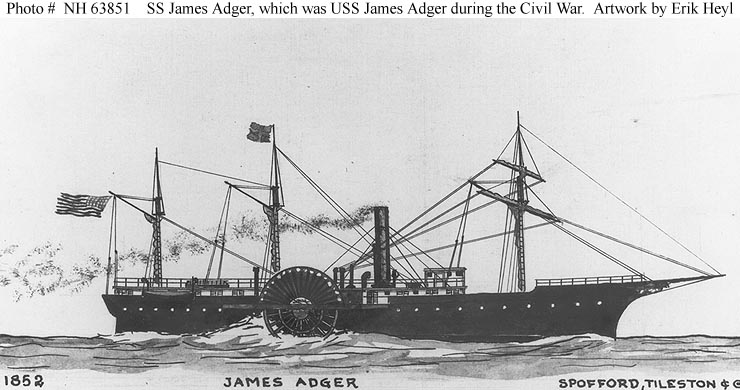
But steam ships were able to find a niche in lake and river transport, where the distances were short, and where they had the advantage of being able to travel against the wind and on wind-still days.
Once in the niche they could improve reliability until they were able to travel trans-Atlantic.
Once that happened, all shipping switched to steam, and all the companies producing trans-Atlantic sailing ships went out of business; not one survived into the 20th century.
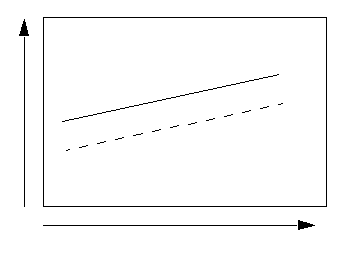 Typically, technologies improve gradually and continually over time. These
are sustaining improvements. An existing technology fulfils or exceeds
the market's needs.
Typically, technologies improve gradually and continually over time. These
are sustaining improvements. An existing technology fulfils or exceeds
the market's needs.
 Steam ships on the other hand are an example of a disruptive
technology, a term introduced in the excellent book The Innovator's
Dilemma by Clayton M. Christensen.
Steam ships on the other hand are an example of a disruptive
technology, a term introduced in the excellent book The Innovator's
Dilemma by Clayton M. Christensen.
A disruptive technology when introduced is able to do similar things as an existing technology, but has one or more disadvantages that make it less desirable for the existing market, such as higher price, lower performance, lower reliability etc.
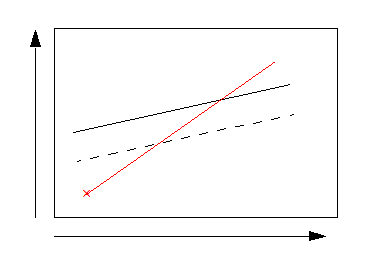 If that were all, then of course no one would buy it, but a disruptive technology always has at least one advantage over existing technologies that despite its disadvantages allows it to find a niche, and therefore survive.
If that were all, then of course no one would buy it, but a disruptive technology always has at least one advantage over existing technologies that despite its disadvantages allows it to find a niche, and therefore survive.
Whilst in this niche it is able to improve, typically more rapidly than the existing technology, until it performs equally with the existing technology, or at least sufficiently for the market needs, but with the added advantages that it had that allowed it to survive.
As a result the existing market steps over to the new technology and the old one dies (typically taking the companies producing the technology with it).
There are huge numbers of examples of disruptive technologies.
Christensen's book documents many other examples, such as pneumatic diggers, 14 inch disks being replaced by 8 inch disks, being replaced by 5¼ inch disks, being replaced by 3½ inch disks, and the change from mainframe computers to minicomputers to PCs.
It is difficult to believe that the change from 8 inch to 5¼ inch disk was a disruptive innovation, but they represented different technologies. Compare the two when 5¼ inch disks were introduced in 1981:
| 8 inch | 5¼ inch | |
|---|---|---|
| Capacity | 60 MB | 10 MB |
| Volume | 10 litre | 2.5 litre |
| Weight | 10 kg | 2.75 kg |
| Access time | 30 µs | 160 µs |
| Cost | $3000 | $2000 |
| Cost per Mbyte | $50 | $200 |
You can probably identify lots of others examples of disruptive innovations just by thinking of things that have essentially disappeared:

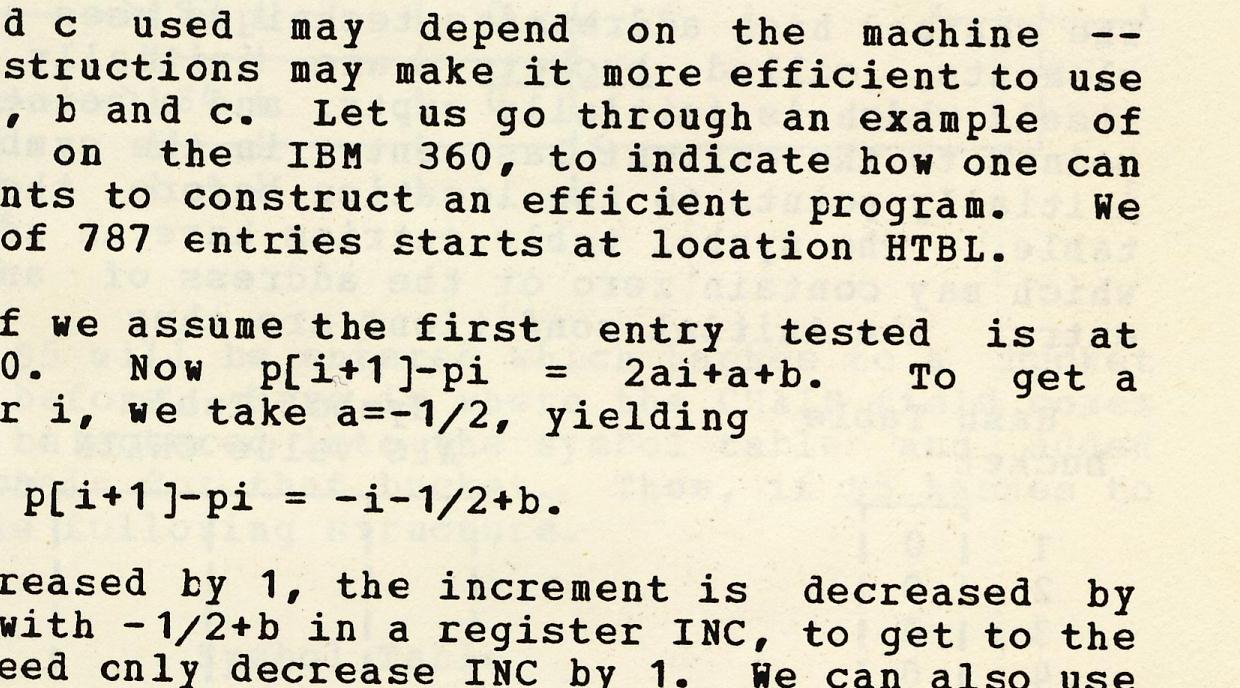
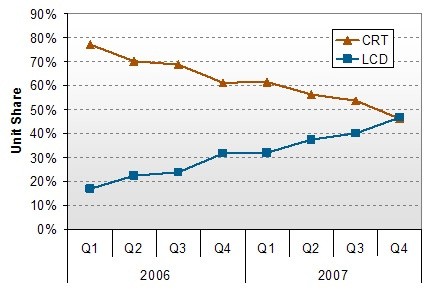
Wired: Vinyl May Be Final Nail in CD's Coffin
Time: Vinyl Gets Its Groove Back
International Herald Tribune: Music on vinyl making a comeback
Let's look at the data...

File-Sharing
No Threat to Music Sales
P2P music increases CD sales
Album sales rise despite ‘Kazaa crisis’
What's the best way to stop teenagers smoking?
Music, like cigarettes, is bought from discretionary income. Are CDs being hit by downloads, or something else?
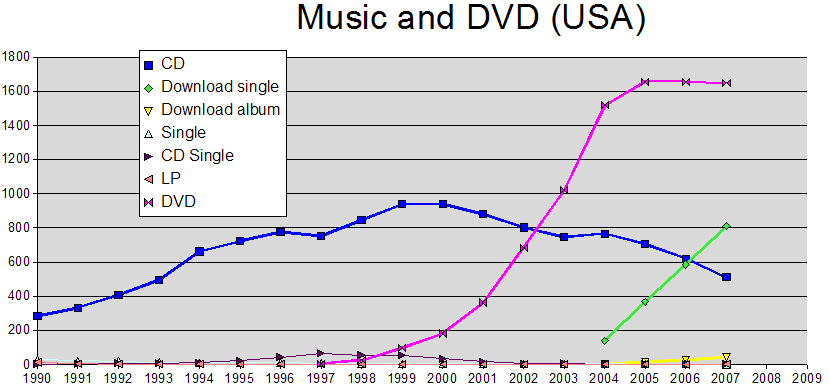
You probably think that the examples of disruptive technologies (CDs, DVDs, Digital cameras, USB sticks) are obvious. But spotting them with hind-sight is easy.
Typically many people only see the disadvantages of a new technology.
I have heard so many times "xxx will never replace yyy because ..."
You may be even to guess at some future disappearances:

USB sticks were introduced in late 2000, when 8MB cost $50. By 2005 a 1G USB stick cost €80. Here is the price development in the last year (2008, in €):
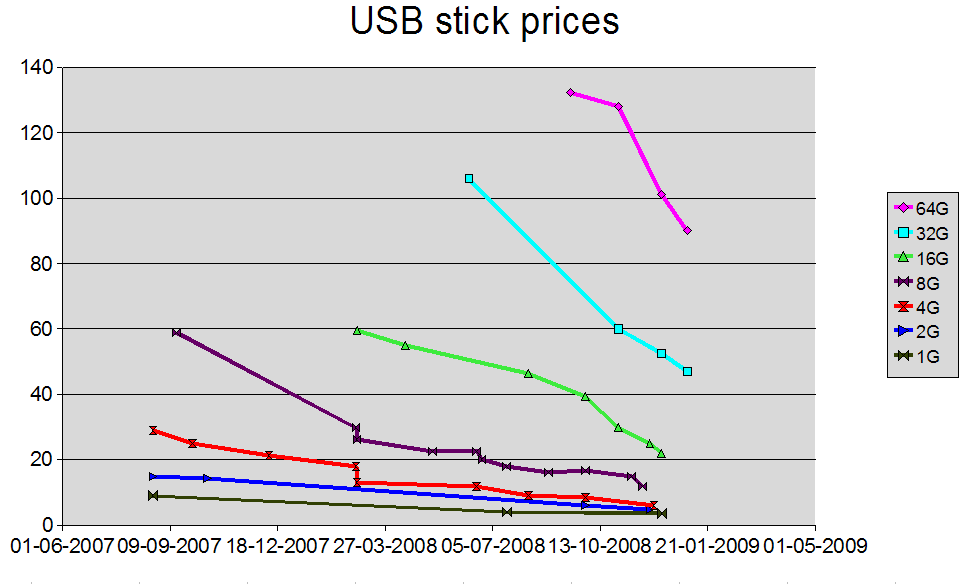

Seen in the labs: A4, 3104 x 4128 pixels, 385dpi, grey-scale.
"you use Linux ten times a day and you don't even know it"
The initial Web was small and slow and almost no one used it, but it quickly grew to threaten many things, such as:
And it continues to threaten radio, TV, publishing in general, and on and on.
"The classified ads (and stock market quotations) are the bedrock of the press. Should an alternative form of easy access to such diverse daily information be found, the press will fold."
Marshall McLuhan, "Understanding Media", 1964
The Web is built out of and on top of many technologies.
It is these technologies I now want to focus on.
I will in particular focus on document technologies.
It used to be easy to write HTML pages
Ajax was invented to improve the user experience (Principally by reducing page latency)
The web is international
You don't want to have to rewrite your website for every different device
We will all one day be glad of an accessible web. Accessibility improves searchability too.
So that the programs dealing with the pages understand them a bit
Note that an extant technology may become unsuitable because the needs of the market change. (Example: Floppy disks, which failed to improve)
This is then an ideal moment for a disruptive technology to move in.
What are the advantages of CSS over plain formatted HTML?
Why did we want CSS in the first place?
CSS was a sustaining improvement in Christensen's terms.
It made existing HTML better.
In particular it didn't replace anything
While it was initially a big improvement over what we had, it has improved little in the last decade.
It doesn't address essential styling issues like reordering content.
It offers little in the way of definable behaviours.
Its graphical possibilities are very limited.
The analogue clock here is produced by an application of a stylesheet on the raw clock data:
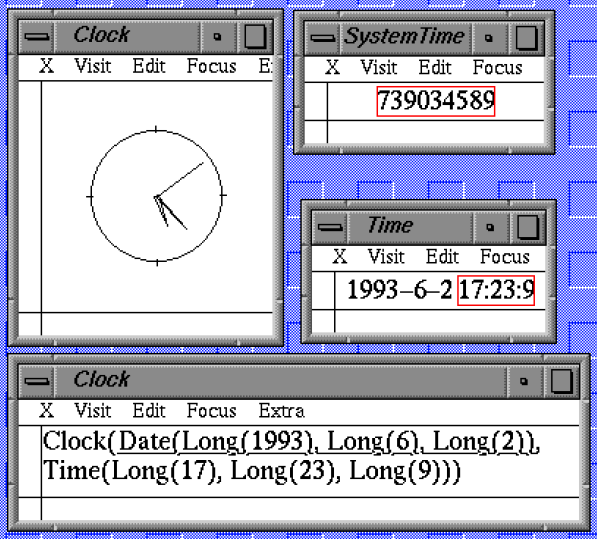
A new technology on the way is XBL (XML Binding Language)
Already implemented in Mozilla
An up-coming W3C standard
Implemented in other systems as well.
This is using SVG as stylesheet, by applying it with XBL. The clocks are just strings like 11:30:00.

HTML Forms have been a great success.
But after a decade of experience, we know how they can be better.
XForms was designed as a replacement for HTML Forms. However, because of its general design it can do much more.
In fact since it has input, output, and a processing model, it is an application language.
Much easier to write applications.
Accessible out of the box
Device independent
Google maps is 200k+ of Javascript.
Someone wrote a pilot study of Google maps in XForms: It was 25k of XForms.
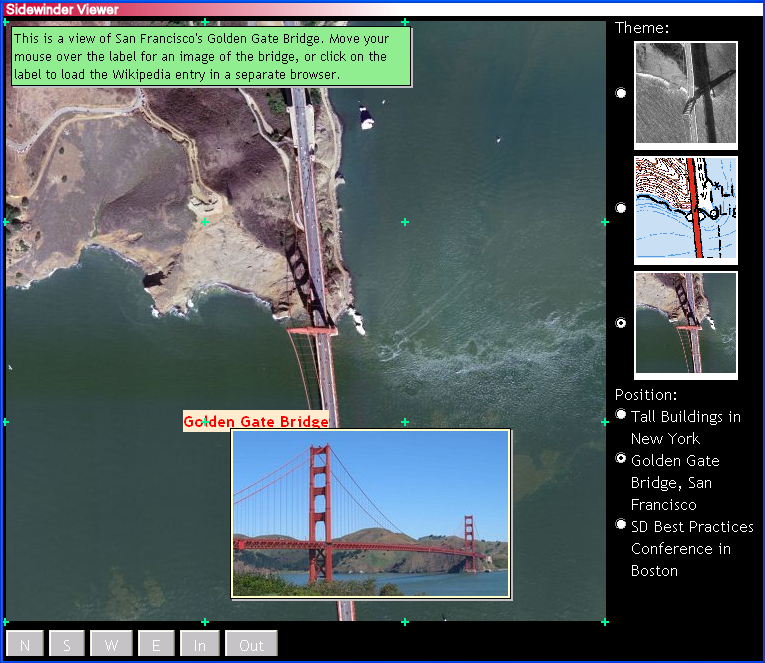
A company that makes room-size machines, with complicated user interfaces normally uses 30 people for 5 years to build the user interfaces.
When they tried XForms, they did it in 1 year with 10 people!
An implementor demonstrated the same form running on a PC, a cell phone, a voice browser, and even as an IM buddy.
Not widely implemented
Initial learning curve
Here is a taste
The authoring savings make XForms a sure-fire success when it is adopted.
"I was working on a project with real-estate transactions that had many associated complex real-estate forms. Traditional methods required approximately 40 inserts into separate tables within a relational database. The use of XForms and eXist resulted in one line of XQuery code:
store(collection, file, data)
That was it. Simple. Elegant.
I was hooked. After spending over 20 years building applications with a variety of procedural languages I found my preferred architecture. I have seen the power of XForms and eXist and can't conceive of returning to my procedural programming ways."
A new implementation of XForms called Ubiquity which will run in all browsers is bound to make it more popular.
Christensen's book has changed the way we look at the world, and how we evaluate technologies.
It can show up technologies that seem unimportant, but allow us to analyse their chances of success.
New technologies can pop seemingly out of nowhere, and completely take over the field.